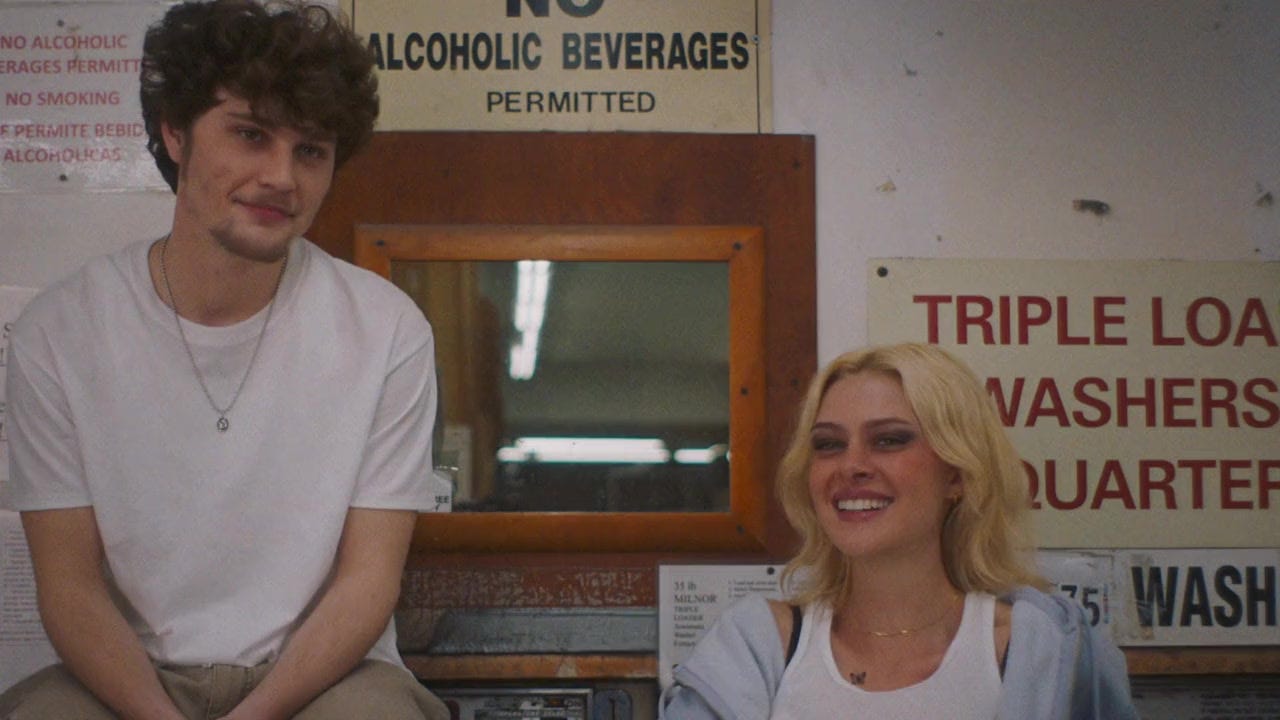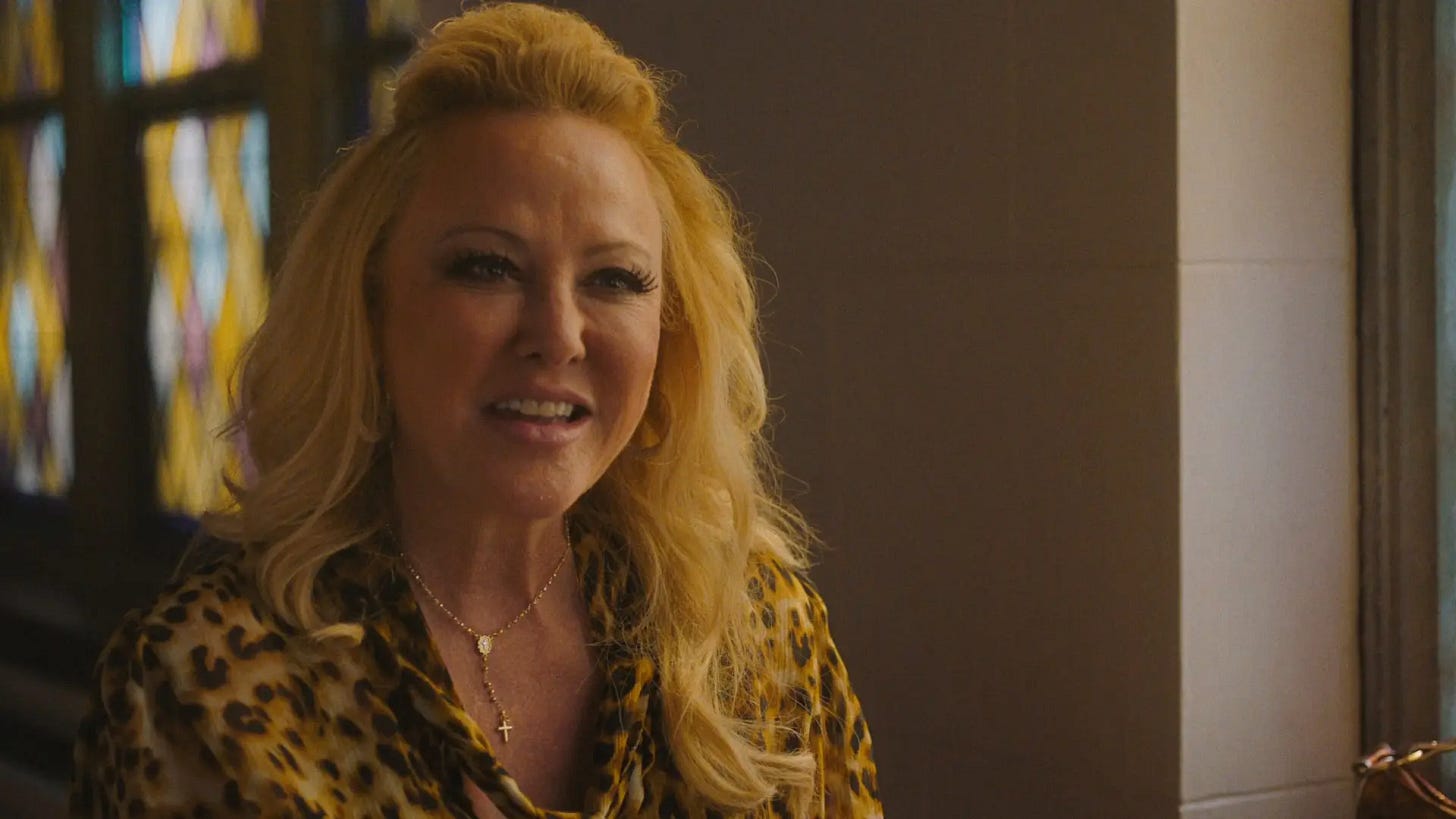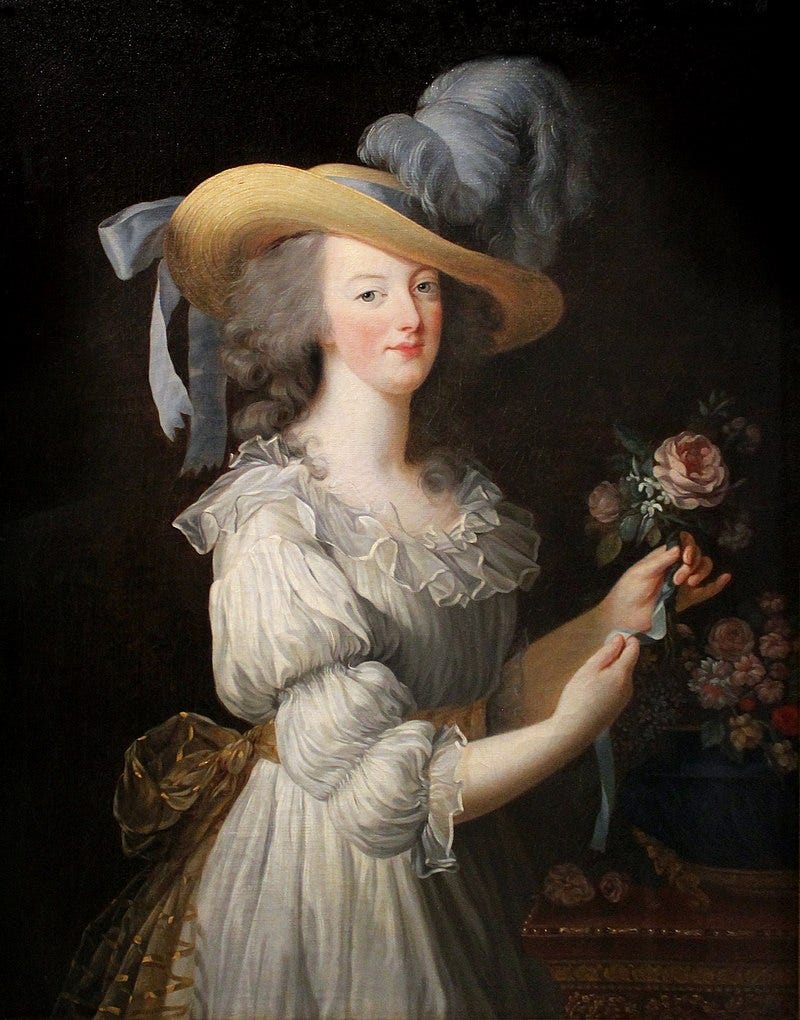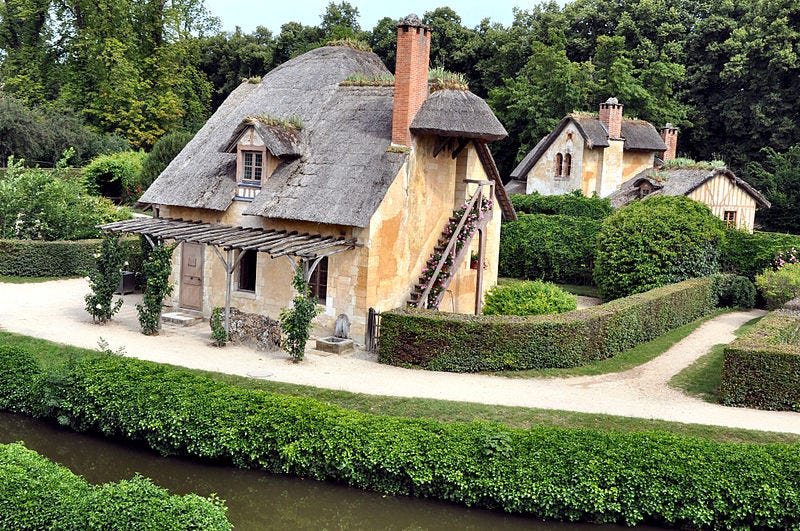Lola is basically what would happen if discount Gregg Araki directed a Fiona Apple video.
I watched Lola after reading a scathing review here on Substack. I thought to myself, "It can't possibly be as bad as that review," but it is. It's basically an endless series of Tumblr shots of pink bedrooms, frame houses in shambles, 110-pound women with occasionally smudged-around-the-eyes makeup but perfect hair. Still shots and slow motion for no apparent reason. It's like a Fiona Apple video without the talent and the artistry. And, well, without Fiona Apple. As another reviewer noted, Lola ticks all the boxes of a modern, trendy movie: a working class (read: poor) heroine who is also beautiful but tragic. A few high-BMI people of color are thrown in for good measure and don't forget the alphabet community, this time in the form of a non-binary younger brother. Frankly, Lola is a prestige piece designed to expose us to the beauty and artistic vision of Nicola Peltz Beckham, wife of Brooklyn Beckham and daughter-in-law of The Beckhams. I'm treading water here because I actually like the Beckhams and I don't want to be mean-spirited unnecessarily. And as an artistic type myself I recognize that creators have a right to produce and promote their own artistic vision and the rest of us don't have to like it. Honestly, one of the perks of being rich is that you're able to get your stuff out there without it being filtered, modified, or sabotaged by the industry fixtures.
What I do like about Lola is that it's picturesque, even if the prettiness is often of the vapid variety and there’s also this kind of tendency to romanticize the poor. We also get a look inside of the mind of Peltz Beckham herself: we see what she likes, what she values, the kind of social milieu she sees herself as being part of (even if she isn't actually part of that working class milieu). You can't blame a girl for wanting to reinvent herself as something she'd rather be. Hey, it worked for Lana del Rey, although Peltz Beckham runs the same risk that Lana did, which is of the industry insiders perceiving that it's all somehow an act, even if it's a very compelling act. Frankly, we can't really blame Peltz Beckham because the artistic community, including the literary community that I'm on the fringes of, doesn't publish or produce the work but the creator of the work. In other words, it's not about the story you're telling as it was in the old days, but about you as the creator making the case why anyone should read something that YOU have written. “What's so great about you," is the question the creator has to answer, and it puts people like Peltz Beckham in the conundrum of having to reimagine themselves as someone else in order to be worthy of being a creator.
You know, I can see Virginia Madsen as Lola’s mother, but man was she underutilized.
Yes, Peltz Beckham could have gone full Sofia Coppola and embraced the rich girl aesthetic, so I guess we have to admire Peltz Beckham for at least empathizing on some level with the plight of the underclass. What I can't forgive Peltz Beckham and this film for was how Virginia Madsen's talents were wasted. She plays the prejudiced, Jesus-obsessed mother of the eponymous Lola, and she’s really only there as a foil, to reveal the worthiness of Lola herself. (Oh, and thank you Mrs. Kaufman from AP English for teaching me what a foil is because I still think about it all these years later). Anyhow, you can watch the film itself although be prepared for a lot of stripper poles, twerking, street lingo, and inauthentic performances. Frankly, there's not much of substance to talk about in this film other than perhaps a fetishizing by the rich of a working class life that they don't really understand. Honestly, if anyone from a working class background is reading this, you know as well as I do that it really isn't as great as maybe people like Peltz Beckham want to imagine it as. I mean, people pull themselves out of the gutter for a reason. Sure, the slang and music might be cool to some people, but the hopelessness and lack of opportunity aspect certainly isn't great. Let's face it, the French didn’t have a revolution over nothing.
Marie Antoinette was criticized for appearing in a public portrait wearing muslin from British India instead of French silk and lace.
Which brings me to a more interesting subject, that of another fetishizer of the poor: Marie Antoinette. Frankly, Marie Antoinette is a perhaps more sympathetic character than Peltz Beckham because the former didn't have much choice in the matter of her marriage and social position. Marie Antoinette's private pleasures and public distractions were a result of her social isolation, her status as a foreigner in France, her youth when she first came to France, and her subconscious need to escape from the predicament that she had found herself in. Marie Antoinette was hated for showing favor to the Austrian composer Gluck when she was dauphine. She was criticized for wearing Indian muslin instead of French silk. She could do no right in the eyes of the French, and so she retreated to the artificial world she created at Le Petit Trianon, and the gardens and surrounds, which included a hamlet, or hameau, replete with a mill, a real peasant's shack, and dairy cows.
At the Hameau de la Reine, the queen, along with the duchesses and other aristocrats in her favor, played at being a dairy maid because, frankly, the French aristocratic social life in the decade or two before the Revolution had become so empty and showy that perhaps they all wanted subconsciously to withdraw from it. Also, in the aftermath of the American Revolution, it was kind of chic to identify with the Third Estate. It seems to me that Peltz Beckham is doing the same as her predecessor, albeit even less convincingly than Marie Antoinette. She wants to identify with where society is right now: ubiquitous poverty, sexual license, drugs. She's wearing these things like this season's Balenciaga, i.e., she's doing it in a way where she can still be pretty, like Marie Antoinette in a Vigee-Le Brun portrait. Peltz Beckham’s playing at being a member of the Third Estate when she doesn’t really know what that means.
The Hameau de la Reine was an entire artificial village replete with canals, cottages, and farm animals (all designed and built by an architect and landscape designer).






Great piece. Well written and interesting.